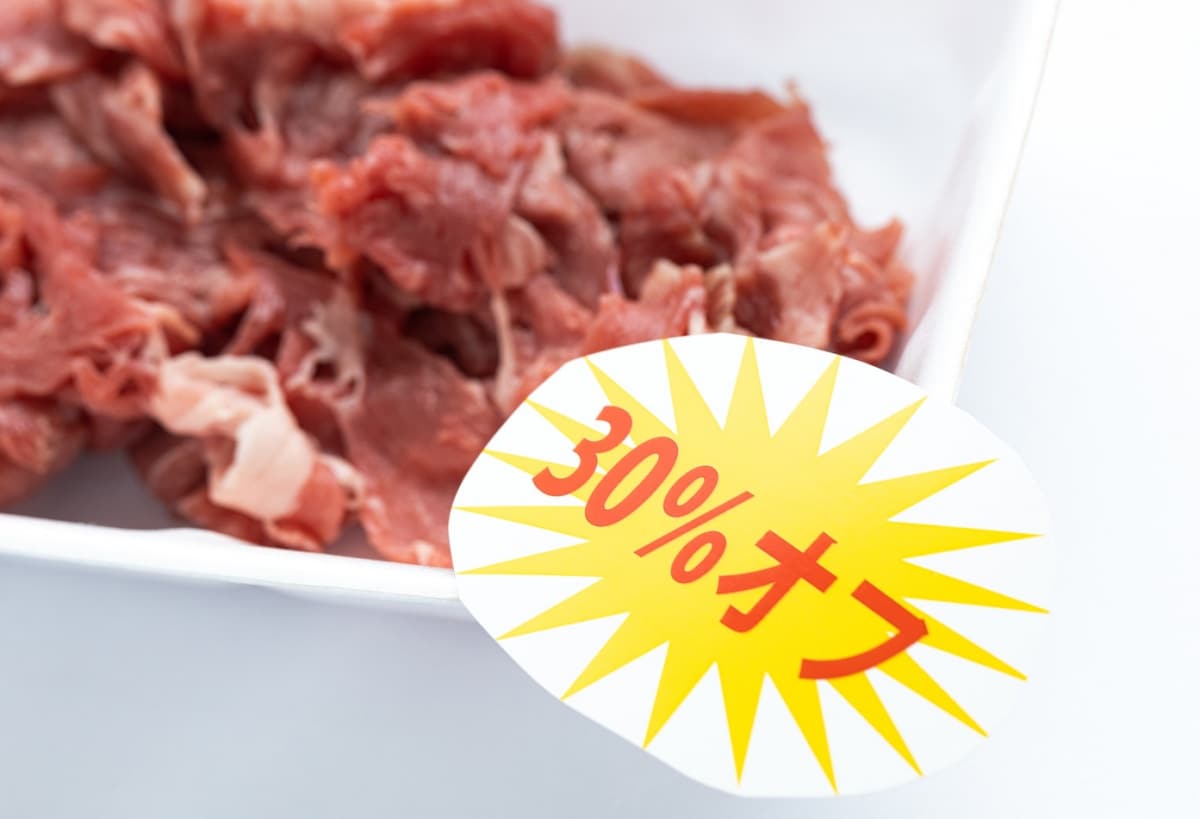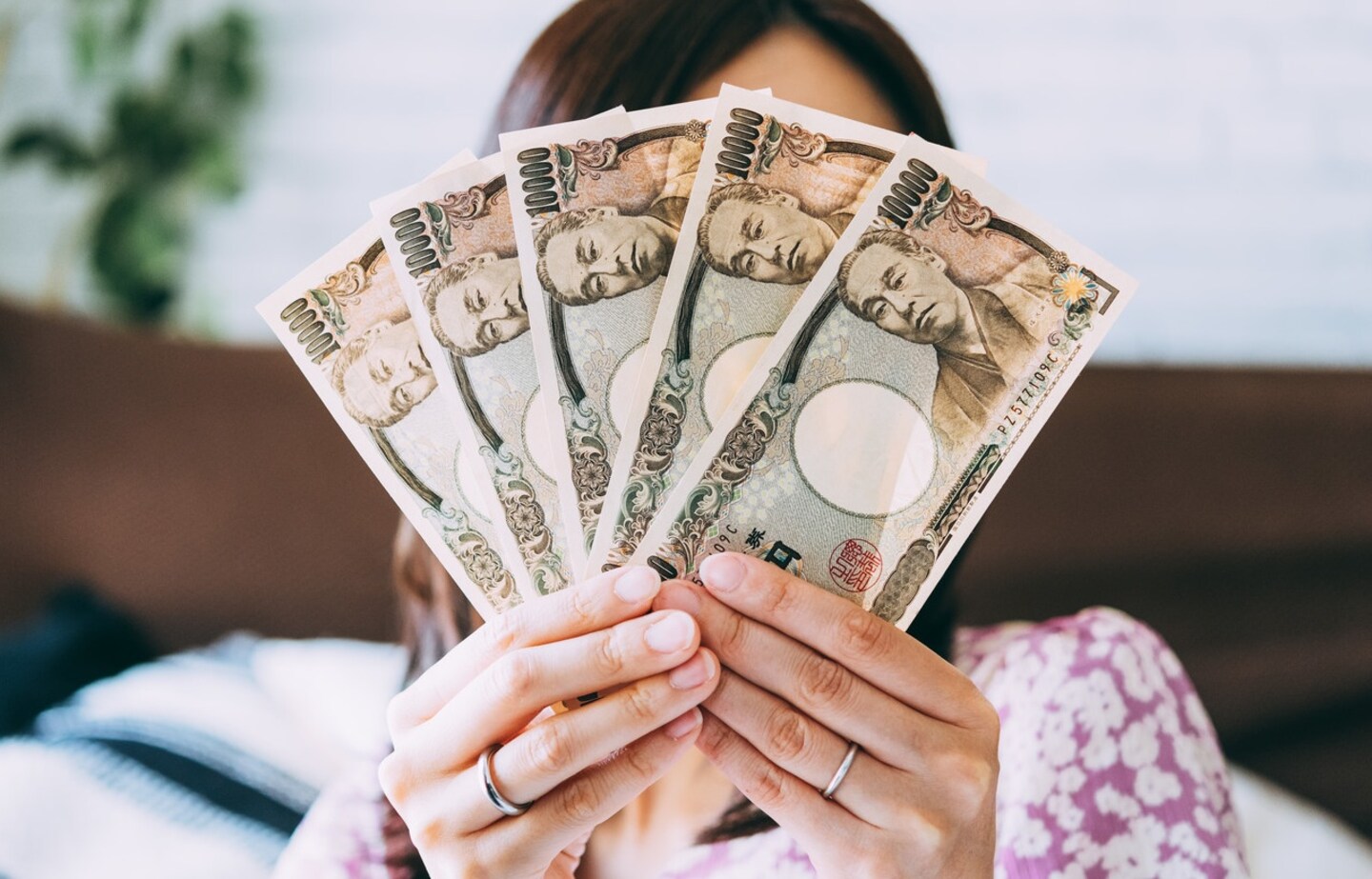5 Easy Ways to Save Money Living in Japan
With consumption tax increases, lockdown strife, and a struggling economy, it’s as good a time as any to start some simple money saving routines! To help put a little extra in your back pocket, we present five tips for thrifty living in Japan.
By Steven Csorgo5. Sign Up for Point Cards

https://www.photo-ac.com/main/detail/1696376?title=%E3%83%9D%E3%82%A4%E3%83%B3%E3%83%88%E3%82%AB%E3%83%BC%E3%83%89%E3%81%A8%E9%9B%BB%E5%AD%90%E3%83%9E%E3%83%8D%E3%83%BC&searchId=75324215#_=_
While many expats are skeptical of point card systems, accumulating points is super easy, and will allow you a treat on the house once or so a month. Generally, every ¥100 you spend at a store gives you one point, which has a ¥1 value. While this may not sound like much, if your monthly shopping budget is ¥40,000, you’ll essentially receive a free ¥400 every month for purchases you're going to make anyway! For big purchases, such as a new TV, computer, or camera, you’ll get loads of points, so definitely sign up! Of course, this is only effective if you use the same stores (which is the purpose of the card system), so make sure you get the point cards for the stores you frequent the most.
While getting a card is free and points can generally be accumulated instantly, if you want to use them as money, you’ll need to register the card online. Some shops may have their own special card, but most sign up for one of the big players, such as Docomo’s D Point Card, Rakuten Card, T-Point, and others. It can be handy to collect all of these, just in case. You may also be able to attach your credit card to a point system, allowing you to earn even while paying your bills!
4. Buy in Bulk

The much-celebrated convenience of Japan’s combini culture comes with a small yet noticeable price markup. To avoid this, buy your groceries, snacks, and drinks in bulk from places like Gyomu Super, Costco, Don Quixote, Yamaya, or other retailers. While the sizes may be intimidating, you can freeze or store most of it if you have the space. Large sizes may also come with keihin (景品), which are little freebies thrown in to incentivize purchases. These kinds of stores are also happy to slash prices on items that aren't selling well or are close to their expiration date, which makes them popular hunting grounds for thrifty buyers. If you don't have access to a car, transporting bulk items can be a bit of a hassle, but sometimes it's worth it!
3. Frequent Secondhand Shops

https://www.photo-ac.com/main/detail/896439?title=%E3%82%A2%E3%83%91%E3%83%AC%E3%83%AB%E3%82%B7%E3%83%A7%E3%83%83%E3%83%97%E3%81%A8%E8%A9%A6%E7%9D%80%E5%AE%A4&searchId=79827832
Japan has a rich second-hand culture nationwide, thanks to franchises like Book Off and 2nd Street. These stores don’t take any old worn-down scrap of fabric; they curate a fantastic range of cutting-edge fashion made from high-quality, gently used clothes and accessories. If you’re looking to update your wardrobe, skip the often overpriced fast fashion of retail and visit a secondhand clothes store! These are, of course, different from vintage stores found in trendy areas like Shimokitazawa, which are often quite pricey!
And don’t stop at clothes! Stores like Hard-Off sell furniture, electronic appliances, musical instruments, and more, all on the cheap! While items are typically in good working condition, be sure to double-check before purchasing to make sure they're up to snuff.
2. Go Before Closing Time

https://www.pakutaso.com/2019113833330-3.html
When shopping for food, go a little later! Supermarkets everywhere will slash the prices on perishable goods like bread, sushi, meat, and more, starting from a few hours before closing time. You can get discounts of up to 50 percent on items that will easily last until the next day or longer. One thrifty technique is to head to your supermarket during this time and snap up some cheap bread for the next day’s breakfast or lunch. Discounted bread is almost always wrapped in plastic, meaning it will likely stay fresh for at least another day. Just don’t go too late, as most of it will be sold out or thrown away during the final business hour.
1. Get a Bike

https://www.pakutaso.com/20160124028post-6757.html
While this does cost a bit of money up front, a bike is a small investment with big long term savings. Japan’s train service, while arguably one of the best in the world, can really add up. A round trip to even a nearby station can easily cost ¥300 or more! For example, Kanagawa Station to Yokohama Station is a minute-long train ride, but costs ¥140, one-way!
If you're looking for a bike on a budget, you're in luck. Japan also has a thriving second-hand bike market where you can pick up simple, gearless mama chari (ママチャリ) for around just ¥3,000! That's only 10 or so roundtrips! Just be mindful of others while cycling, and be safe.




